The delicious, sweet flavour of honey can turn your ordinary drinks and dishes into a delightful treat. Anything from waffles to homemade ice cream can be lifted by the taste honey. However, there are many types; let this guide to honey introduce you to the tasty world of honey!

Many people prefer using honey as a natural sweetener in their tea, on waffles, pancakes, and other dishes. Organic honey has a sweet flavour that is not overpowering but will add the distinctive honey taste to your drinks or foods.
See Also
- Honey Roast Parsnips is one of our most popular recipes that uses honey
- Gooey and delicious three ingredient caramel toffee sauce with honey is delicious over ice cream
- Honey mustard chicken thighs is a delicious tray bake perfect for a weeknight dinner
- Level up your baking with this honey and rye sourdough loaf
However, there are different types of honey and each one has its own characteristic flavour. Whether you are expanding your honey knowledge or new honey lover, this is the guide to honey for you.
What is honey?

Honey is a sweet liquid, of varying thicknesses, produced by bees and used as a natural sweetener. Bees collect nectar from flowers; nectar is a sugar water produced by flowers to attract bees. During the process of collecting the honey, the bees pollinate the flowers.
The nectar is turned into honey in the beehive. However, honey is not the only thing that bees can make from nectar. Bee products include bee pollen, royal jelly, and propolis.
Aside from honey’s sweet flavour, adding it to your meals and drinks can bring a number of health benefits. Studies suggest that honey might offer antidepressant, anticonvulsant and anti-anxiety benefits.
It has other uses too: medical grade honey can be applied to burns, where it helps healing.
What is organic honey?

Organic honey is produced by bees from the pollen collected from organically grown plants. These plants should be certified organic to produce organic honey. In addition, bees should not be treated with any kind of chemical miticides. When you use organic honey, you can be sure there are no chemicals or pesticides are introduced.
Ensuring the honey is organic is difficult. The bees will fly and collect nectar from flowers within a 2-mile radius of the hive. This is difficult to do but experienced and professional honey producers will acquire an organic certification to ensure their quality.
Organic honey doesn’t necessarily mean that it is minimally processed or raw honey.
Raw honey vs pasteurised honey
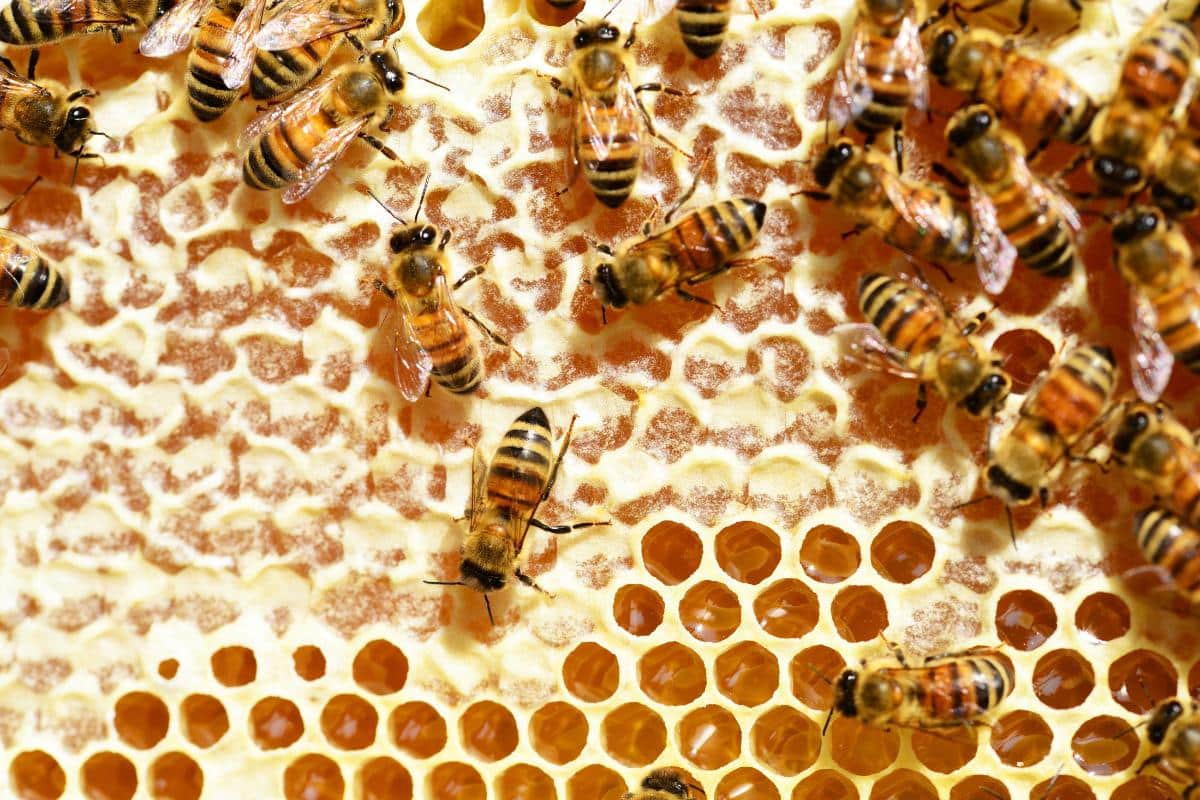
Raw honey is honey that’s taken from the hive and then givens a basic filtration through a cloth, to remove most particles.
Raw honey can be either filtered or unfiltered, but all raw honey is unpasteurised. Honey is naturally resistant to bacteria and other harmful organisms due to its high acidity and low moisture content, which eliminates the need for pasteurization for safety purposes.
However, raw honey does contain natural yeasts which are killed by pasteurisation. Pasteurized honey contains fewer antioxidants, amino acids, vitamins, minerals and healthy enzymes than raw and unpasteurized honey.
However, pasteurised honey will remain clear and liquid for much longer than raw honey.
Pure Honey
Pure honey is honey without additives. Some cheaper honeys can be diluted with sugar water. For the real thing, look for pure honey.
Honey textures

Honey comes in different textures, namely:
Liquid honey: When in its liquid state, honey is easy to pour. It’s perfect for drizzling over baked goods or pancakes.
Solid honey or crystallized honey: If you store honey for a long time, it will crystallize and harden turning them into crystallized honey.
Creamed honey: Creamed honey has a thick, spreadable consistency similar to peanut butter. You can make creamed honey yourself with a hand or stand mixer. Some manufacturers sell creamed honey.
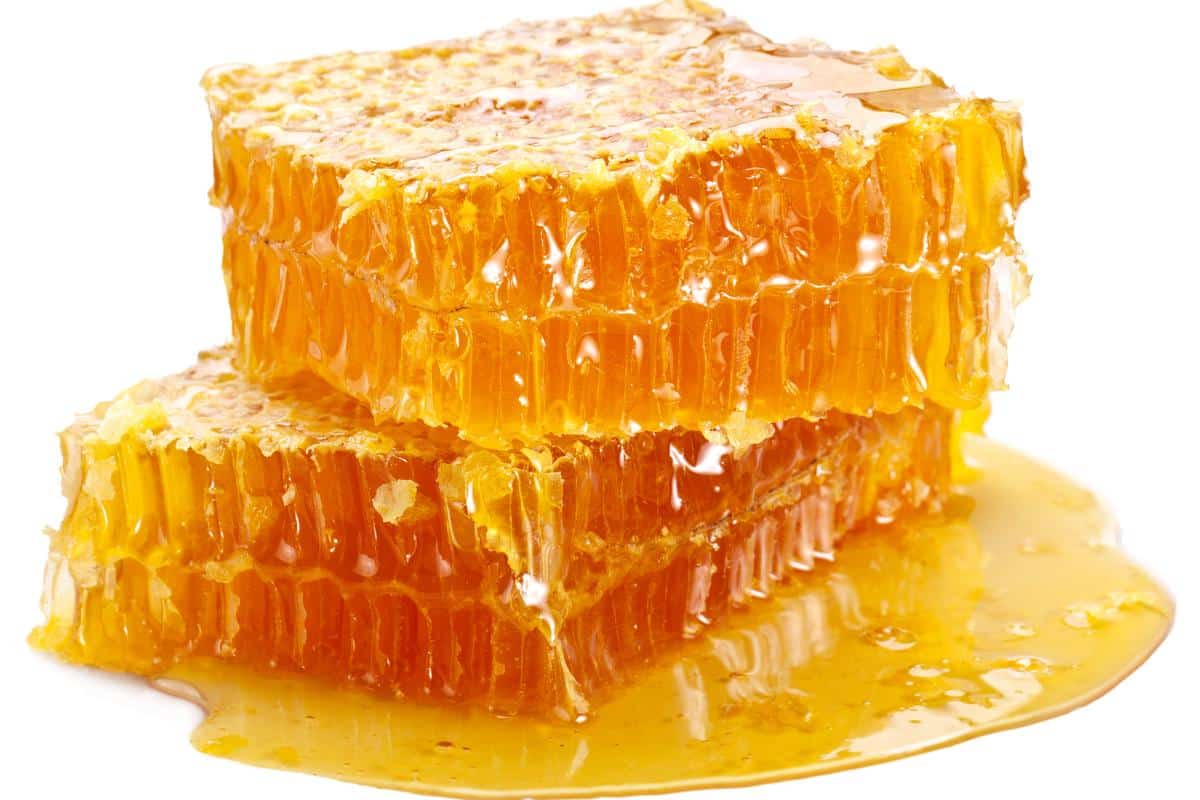
Honeycomb: This is the how bees store honey inside the hive. Honeycomb has a chewy texture.
Honey sticks (also sold as honey stix). These are short straws full of honey. These can be used to sweeten drinks, as they each contain enough for one drink. You can use honey sticks as a stirrer before adding the honey.
Types of honey

There are many different varieties and types of honey; what sets them apart from each other is their colour and flavour profile, which in turn is dependent on the type of pollen available to the bees.
Here are 10 popular types of honey that you can try.
Clover honey

Clover honey can be used in sauces, meats, desserts, breads, cereals, and as a topping for yoghurt.
It comes with a mild clover blossom flavour and aroma; clover honey is best known for having the biggest annual production. Clover honey is commonly produced in Sweden, New Zealand, Canada, and the United States. Clover honey has a sweet, mild taste with a light golden colour with hints of cinnamon.
Acacia honey
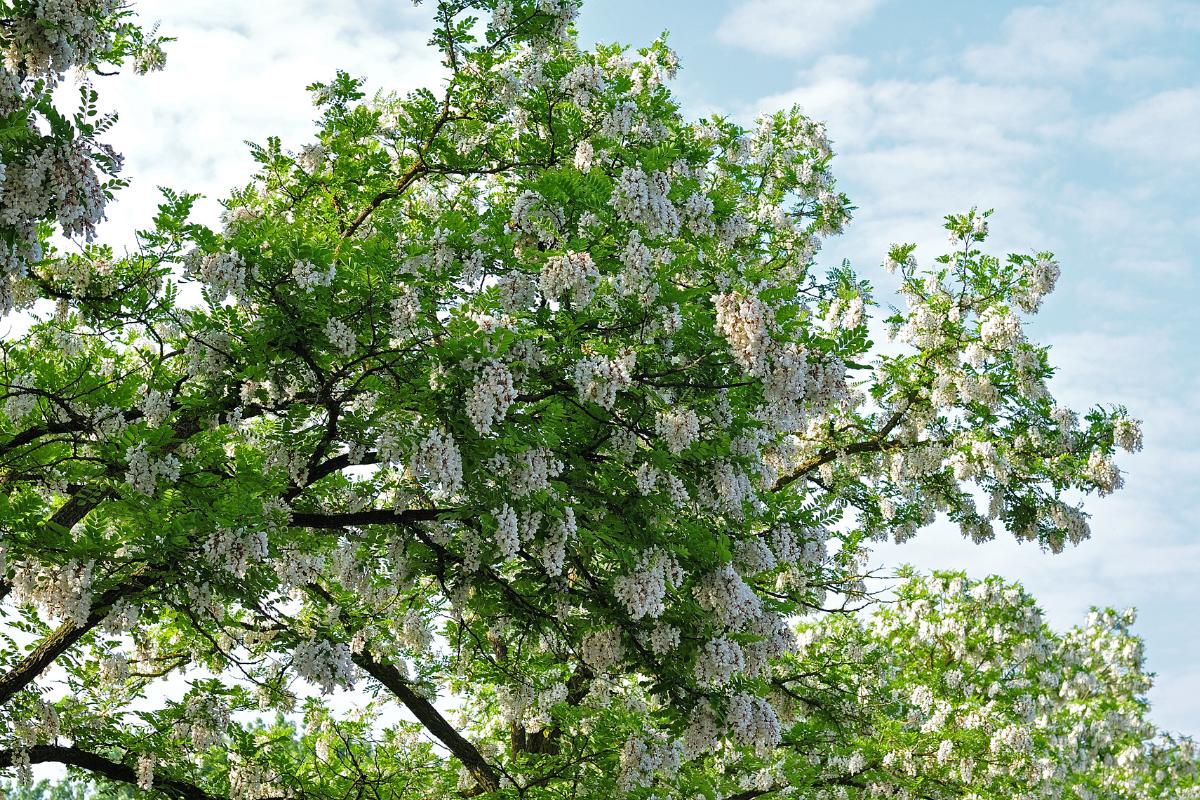
Acacia honey is perfect for teas, drinks, cereals, desserts, and yogurts.
To make acacia honey, the nectar is sourced from black locust trees, so acacia honey is also called locust honey. It has a delicate, sweet flavour with hints of vanilla and an almost transparent light colour.
Eucalyptus honey
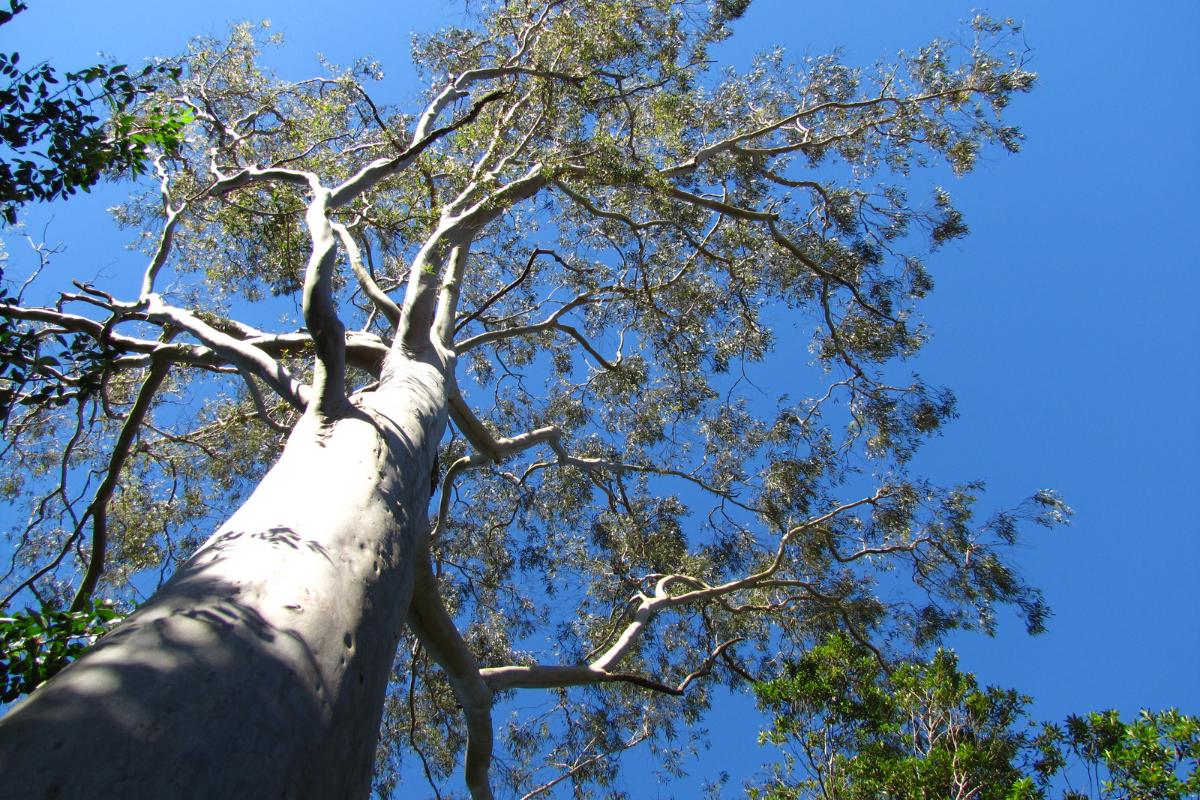
Eucalyptus honey is perfect for toasts, teas, and pastries.
This honey has hints of fresh eucalyptus and menthol-like properties due to the nectar from eucalyptus trees blossom. The soothing effects of eucalyptus honey are great for colds and coughs.
Alfalfa honey

Alfalfa honey is ideal for teas, sauces, and salad dressings.
To make alfalfa honey, nectar from bright purple alfalfa blossoms is needed. Alfalfa honey is mainly produced in Canada and the United States. The taste of alfalfa honey has a delicate, mildly sweet taste and undertones. Its taste and texture are close to clover honey.
Beechwood honey

Beechwood honey can be used on pancakes and fruit salad dressings.
Sourced and produced in the South Island in New Zealand, beechwood honey is also known as honeydew honey. Honeydew is beech sap that is secreted by insects feeding on beech trees. Bees then use this sap to make honey. This dark-coloured honey has a slightly earthy taste with hints of caramelized sugar and pine resin.
Buckwheat honey

Buckwheat honey is commonly used to make sauces, bread, and honey cakes.
This bold and dark buckwheat honey is produced in Japan, Canada, France, the Netherlands, and the United States. Buckwheat honey is made from nectar sourced from buckwheat grains’ small white blossoms.
Buckwheat honey has a rich amber colour with an earthy aroma.
Manuka honey

Manuka honey has a spreadable consistency; it’s delicious on toast, biscuits, and bagels. Manuka honey can also be added to cereals, yoghurts, and spiced honey turmeric milk.
This Australian honey is made from tea trees and is famous for its anti-inflammatory properties and antibacterial ingredients.
Orange blossom honey
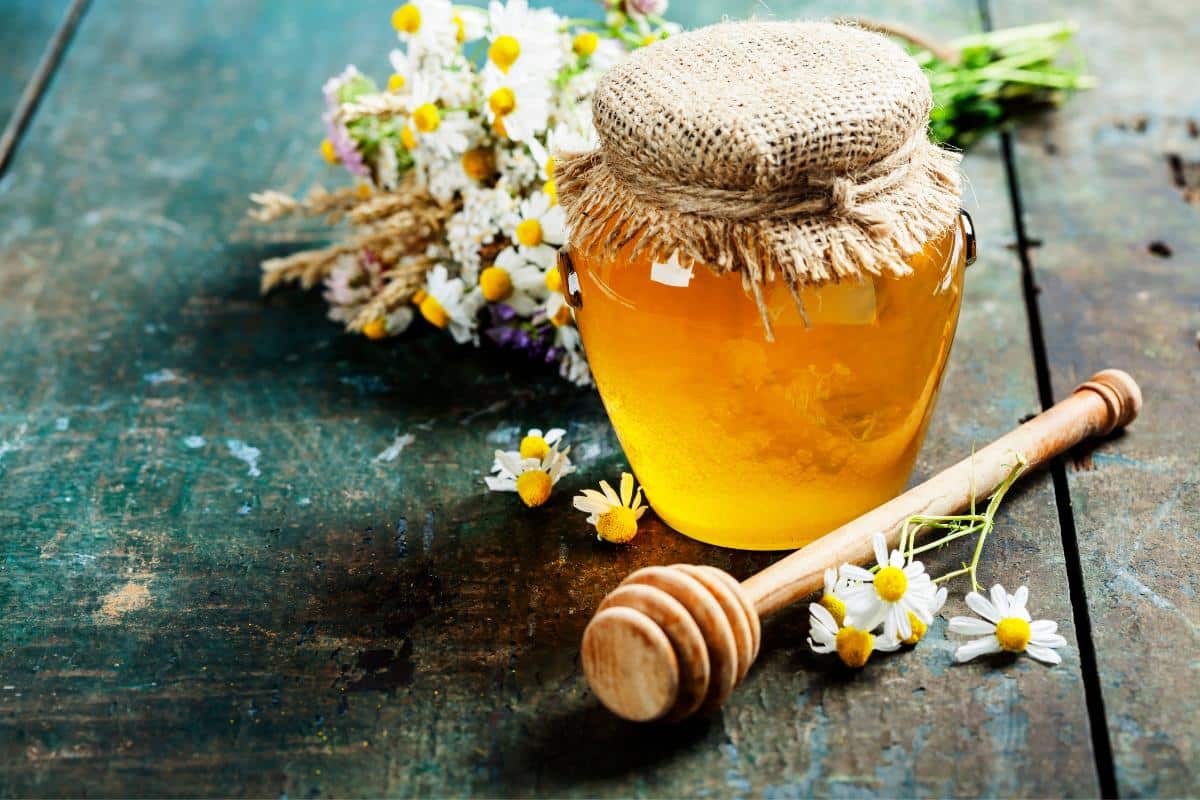
Orange blossom honey is perfect on biscuits, pancakes, drinks, and pastries such as honey & orange madeleines.
Made from nectar from orange spring blossoms in Florida, orange blossom honey has light citrusy undertones. It is a lighter-coloured honey with a wholesome, sweet flavour and aroma.
Tupelo honey
Tupelo honey can be used on teas, biscuits, and ice cream.
Tupelo honey has a lovely buttery flavour. Tupelo honey has a smooth consistency with a slight green glow. The honey is made from the blossom of the tupelo tree, found in swamp land in the Southeastern USA.
The high level of fructose to glucose in pure tupelo honey means that it does not crystallise.
Sage honey

Sage honey is ideal for teas, pastries, and bread.
Compared to other light-coloured types of honey, sage honey has a heavier body. It has a sweet but mild taste. Sage honey is often mixed with other types of honey to slow down its crystallization.
How to store honey
Honey has an indefinite shelf life, due to high sugar levels and because it’s acidic. However, storing honey the right way can help preserve its flavour, texture, and aroma.
Here are some tips to ensure both your filtered and unfiltered honey can last for as long as possible.
- To protect the buttery flavour, lovely aroma, and texture of most honey, it should be stored in a sealed glass container. Plastic or metal can oxidise the honey. Most honey varieties come in glass containers. It is ideal that you use them instead of transferring them into a new one.
- Store honey in a dry place with cool temperatures. Avoid exposing your honey to heat and moisture.
- To protect honey’s buttery flavour, you can freeze your honey. The colour will get darker but the taste will not change. Honey getting darker with time is normal. Use an ice cube tray to freeze honey into small portion sizes. And freeze.
- Don’t double dip. When you are using your honey, use clean and dry serving utensils to avoid spoiling and cross-contamination.
- If your honey starts to crystallize, you can return it to its normal consistency by exposing it to heat. Place your bottled honey into a pan with hot water. Stir the honey while reheating. When you reach the desired consistency, remove from heat. Too much heat can caramelize the sugars in your honey.
- Do not microwave your honey. Too much and too quick exposure to heat will burn and caramelize your honey.
Honey is a natural sweetener that can be used for savoury and sweet dishes, drinks, and salad dressings. It offers many health benefits which is why many prefer using honey over artificial sweeteners.

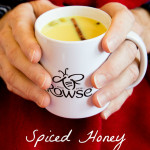
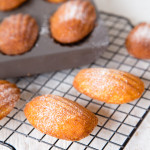



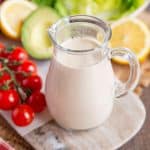






Leave a Reply